
Skilled Manpower: Expertise and Roles
To successfully execute large-scale projects, having a skilled and specialized workforce is crucial. Our team comprises of experts from various fields, each contributing specialized knowledge and skills to ensure that every stage of the project is completed efficiently and to the highest standards.
1. Civil, Mechanical, and Electrical Engineering Teams
Each engineering discipline plays a key role in the successful execution of a project. Civil engineers handle the infrastructure, mechanical engineers focus on machinery and systems, while electrical engineers handle the electrical and control systems.

Process :
Engineering Approach :

2.Fitters
Fitters are responsible for assembling, installing, and maintaining mechanical systems and components, ensuring that parts are accurately fitted to ensure proper functioning.

Process :
Engineering Approach :
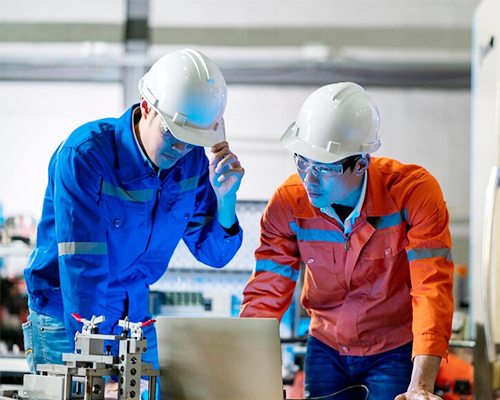
3. Fabricators
Fabricators create structures and components by cutting, welding, and shaping raw materials. They are responsible for turning design blueprints into physical parts for machinery, equipment, and infrastructure.

Process :
Engineering Approach :

4. Welders
Welders join metal parts through welding techniques to ensure that machinery and structures are stable, secure, and able to withstand operational stresses.
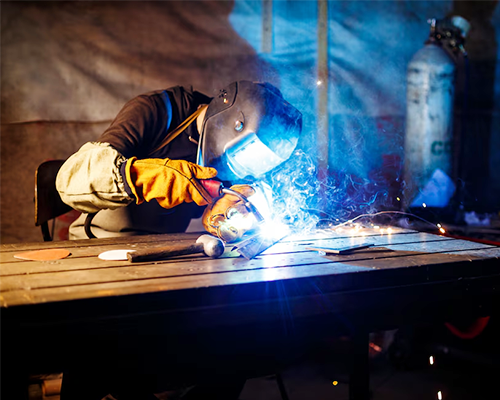
Process :
Engineering Approach :
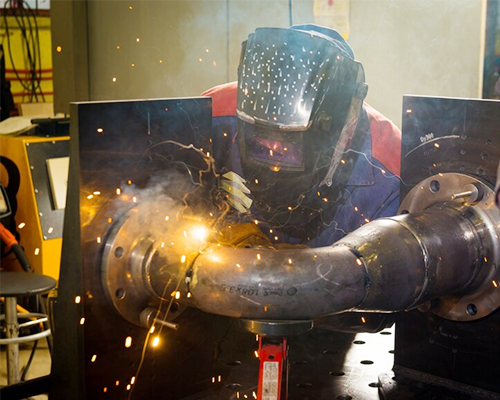
5. Cutters
Cutters use tools to precisely cut materials into specific shapes or sizes based on engineering drawings. This step is vital for preparing parts for further assembly.
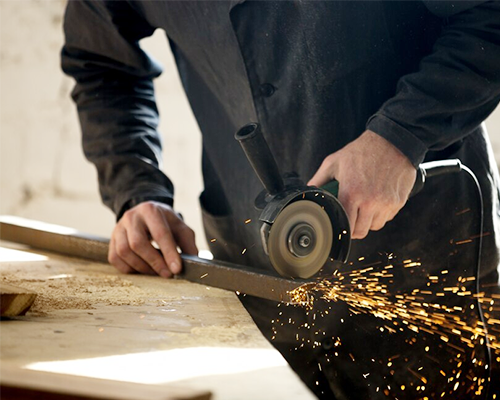
Process :
Engineering Approach :
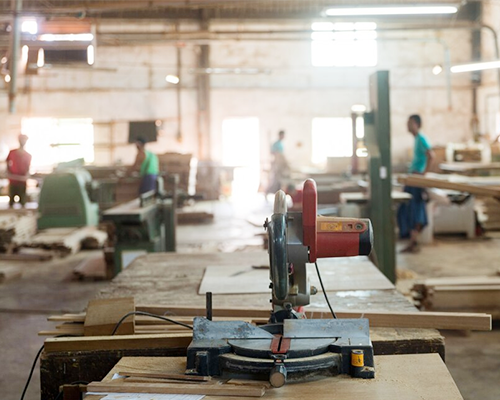
6. Helpers & Laborers
Helpers and laborers assist skilled workers by performing tasks such as material handling, equipment setup, and site preparation.

Process :
Engineering Approach :

7. Linemen (Electrical Team)
Linemen are responsible for the installation, maintenance, and repair of electrical systems and wiring, ensuring a stable power supply for plant operations.

Process :
Engineering Approach :

